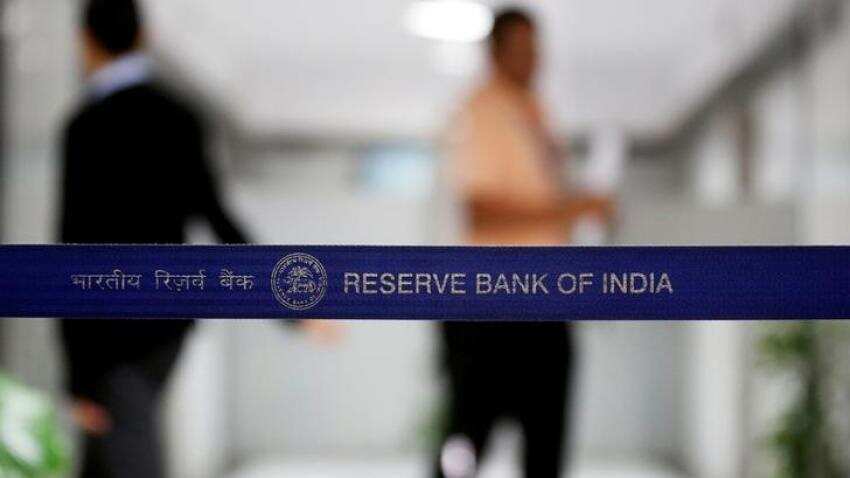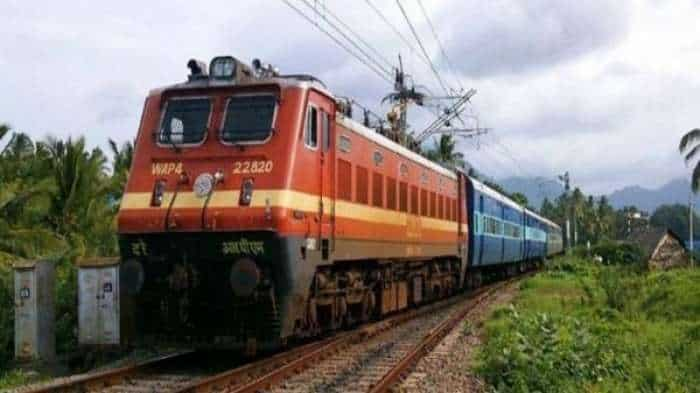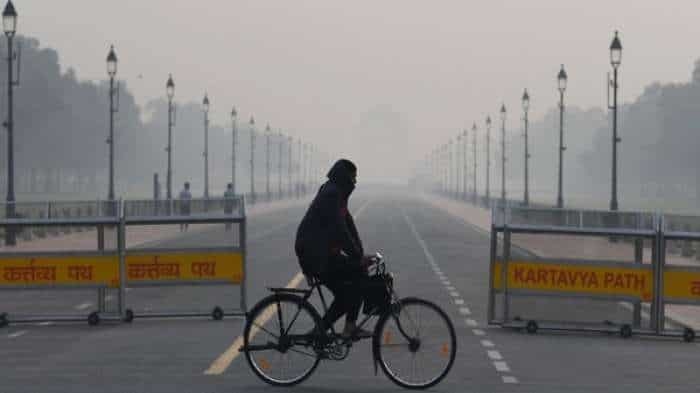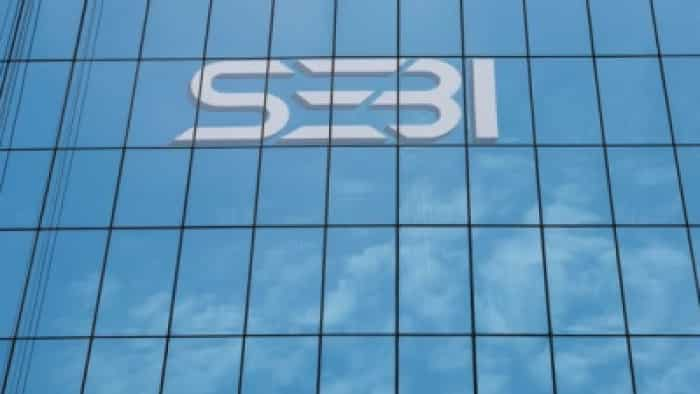MSP, fiscal slippage, inflation force RBI tread cautiously
RBI kept the policy repo rate under the liquidity adjustment facility (LAF) unchanged at 6%, raised CPI inflation target

Since the last few months India’s inflation remained at the elevated level, forcing the Reserve Bank of India (RBI) to tread 'cautiously. However, some Union Budget decisions come as a risk factor for the monetary transmission ahead.
RBI in its last monetary policy of FY18, kept policy rate unchanged with five Monetary Policy Committee (MPC) members voting in favour of status quo against one member voiting against.
The central bank had predicted Consumer Price Index (CPI) at 5.1 - 5.6% in the first half and 4.5 -4.6% in the second half of FY19.
Apart from GST, food prices and 7th Pay Commission, this time RBI also fears the Minimum Support Price (MSP), especially fiscal slippage, will raise inflation.
RBI said, “Fiscal slippage as indicated in the Union Budget could impinge on the inflation outlook.”
The six-member MPC had very strong views on MSP and fiscal slippage.
In it’s minutes of meeting Chetan Ghate, a member of MPC, agreeing to status quo said, “ I had flagged how increases in MSP by the government could lead to generalised inflation, and worsen monetary transmission, based on research (with co-authors).”
Ghate added, “While details on the exact procurement policy are awaited, the enactment of a more elaborate procurement policy in the 2018-2019 Union Budget will put stress on state finances as well. Fiscal slippages in India are inflationary.”
In the Budget FY19, Finance Minister Arun Jaitley announced to raise minimum support price (MSP) for all crops.
MSP will now be set at 1.5 times of agriculture production cost and for this the FM proposed to ensure cost plus 50% for all the monsoon crops. Currently, there are 23 crops supported by MSP.
Another MPC member Pami Dua said, “The proposal in the Budget to link the minimum support prices (MSPs) for kharif crops with 1.5 times the cost of production, may also drive inflation up, although its impact cannot be ascertained as yet. The Union Budget has also proposed an increase in Customs duty on several items.”
RBI’s industry outlook survey (IOS) reveals the hardening of input prices which may be passed on to the consumers and lead to higher CPI inflation, Dua said.
Agreeing to Dua, one of the MPC member Ravindra H. Dholakia said, “Impact of the increase in Customs duty and MSP proposed in the budget on the headline inflation is again uncertain.
Although there is substantial fiscal slippage by the Centre, the fiscal performance of major states needs to be watched.”
Dholakia also added, “The fiscal space to accommodate future higher oil price shocks seems to be absent given the slippage in the Union budget for 2018-19.”
From the above mentioned quotes one thing is clear, exact MSP impact on inflation can't be fully assessed. However, the direct impact on CPI would be fiscal slippage which has broader macro-financial implications, notably on economy-wide costs of borrowing.
Analysts have already started predicting that fiscal slippage risk will become a barrier for RBI, going ahead.
HDFC Bank Investment Advisory Group earlier said,“Given the increase in the fiscal deficit numbers as well as the hike in MSPs, RBI’s futures monetary policy stance going forward will be very important from the perspective of fixed income markets.”
The FM had estimated fiscal deficit target at 3.5% of GDP by the end of current fiscal, while the government expects to bring down this target to 3.3% in the next fiscal (FY19).
The Finance Ministry’s target does not match with what analysts are expecting for the country's fiscal position.
In January, Morgan Stanley predicted that India's fiscal deficit to increase 3.5% of GDP in 2018-19, considering the upcoming state elections in 2018, and general election in May 2019, and weak private investment, concerns have emerged over the government's fiscal position.
For nine months of Financial Year 2018, India's fiscal deficit stands at Rs 6,20,949 crore, overshooting the budgeted estimate (BE) target by 113.6%.
The government has estimated Rs 5,46,532 crore of fiscal deficit for FY18, which during the same period of the previous year stood negative at 93.9%.
Viral Acharya, also a member of MPC, said, “Our fiscal deficit having overshot for this year and likely to do so next year too. Hence, even without factoring in the states’ staggered HRA implementation and MSP rises announced in the Union Budget, risks to inflation seem clearly tilted on the upside.”
However, it was noted that the ‘rate cut’ dilemma was not on cards for RBI ahead.
Given the above uncertainties, India's inflation is seen above 5% till 1HFY19.
Madhavi Arora, Upasna Bhardwaj and Suvodeep Rakshit, analysts at Kotak Institutional Equities, said, "Adverse base effect continues to propel the CPI inflation readings significantly higher than RBI’s expected range of 4.3-4.7%. CPI inflation trajectory is set to trend even higher towards 5.5-6% in 1QFY19, along with a cyclical economic recovery."
Another analyst at Motilal Oswal expects retail inflation to even shoot up to over 6% in Q1FY19 and peak at 7% by the end of June 2018 on account of adverse base.
Nikhil Gupta and Rahul Agrawal, Research Analysts at Motilal Oswal, said, "This closes the possibility of a rate cut and increases the odds of a rate hike. However, a high base should pull down CPI inflation to sub-4% in 2HFY19. Thus, we believe that the RBI is likely to look through such statistical effects and maintain status quo in 2018.”
Many analysts from companies like Bank of Baroda, Goldman Sachs, Care Ratings and Morgan Stanley also believes that RBI will opt for rate hike this year.
Currently India's consumer price index (CPI) or retail inflation stood at 5.07% in the month of January 2018, lower from 5.21% in December 2017.
source: tradingeconomics.com
However, the CPI was higher compared with 3.17% of the corresponding month in the previous year.
RBI Governor Urjit Patel citing the same issue said, "Although inflation risks have increased in recent months, incoming data should provide greater clarity about the persistence of inflationary pressures. The economic recovery is at a nascent stage and calls for a cautious approach at this juncture."
Get Latest Business News, Stock Market Updates and Videos; Check your tax outgo through Income Tax Calculator and save money through our Personal Finance coverage. Check Business Breaking News Live on Zee Business Twitter and Facebook. Subscribe on YouTube.
RECOMMENDED STORIES
05:27 PM IST











 RBI sets up 8-member panel on ethical use of AI
RBI sets up 8-member panel on ethical use of AI Indian economy is recovering from slowdown witnessed in July-September quarter: RBI
Indian economy is recovering from slowdown witnessed in July-September quarter: RBI RBI: After another status quo year, all eyes on a growth-propping rate cut with new Guv at helm By Ashish Agashe
RBI: After another status quo year, all eyes on a growth-propping rate cut with new Guv at helm By Ashish Agashe Electricity distribution companies continue to remain a burden on state finances: RBI
Electricity distribution companies continue to remain a burden on state finances: RBI RBI imposes penalties on IndusInd Bank and Manappuram Finance for non-compliance of certain norms
RBI imposes penalties on IndusInd Bank and Manappuram Finance for non-compliance of certain norms